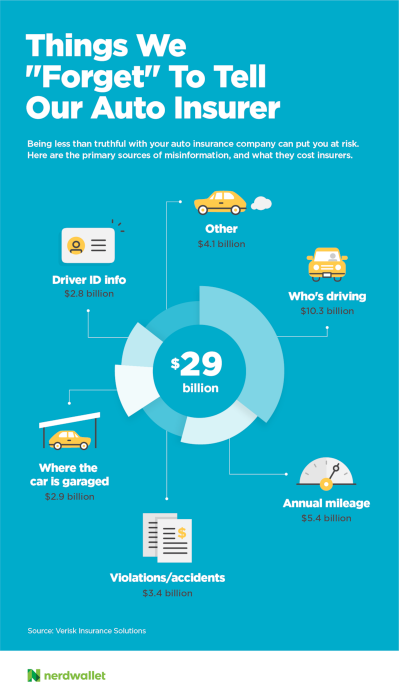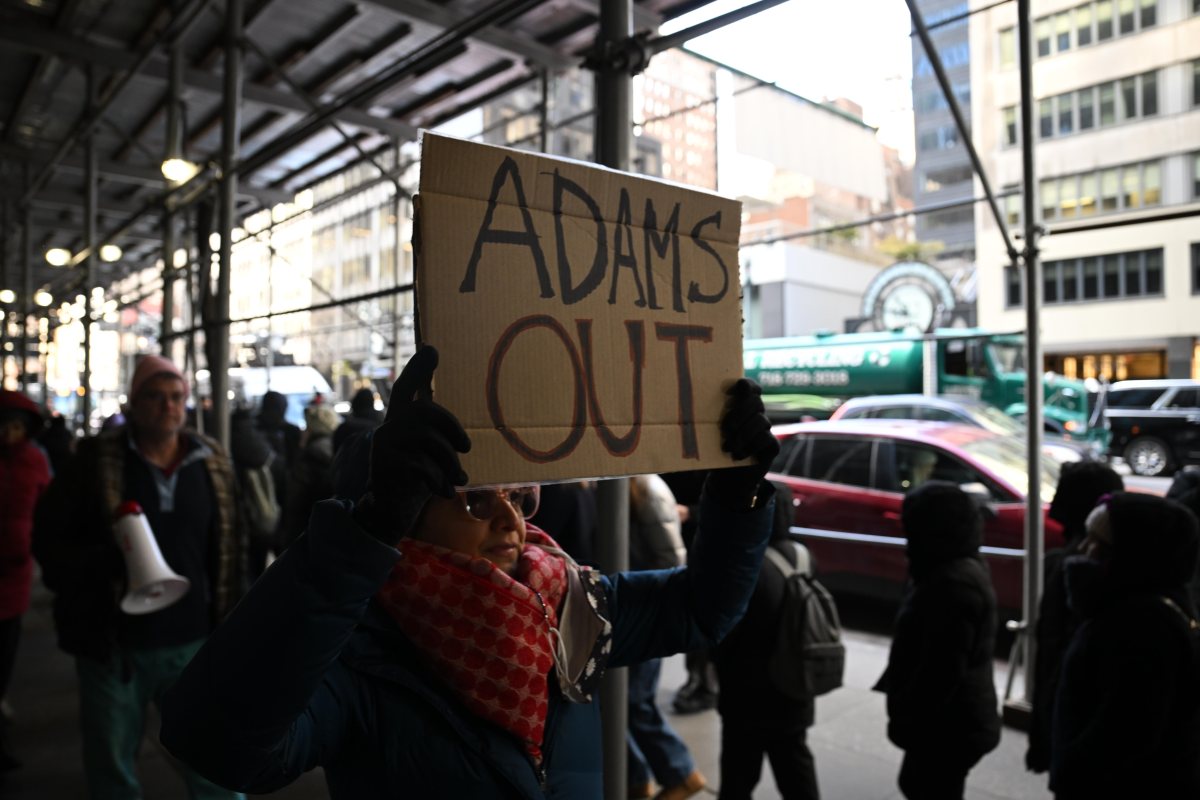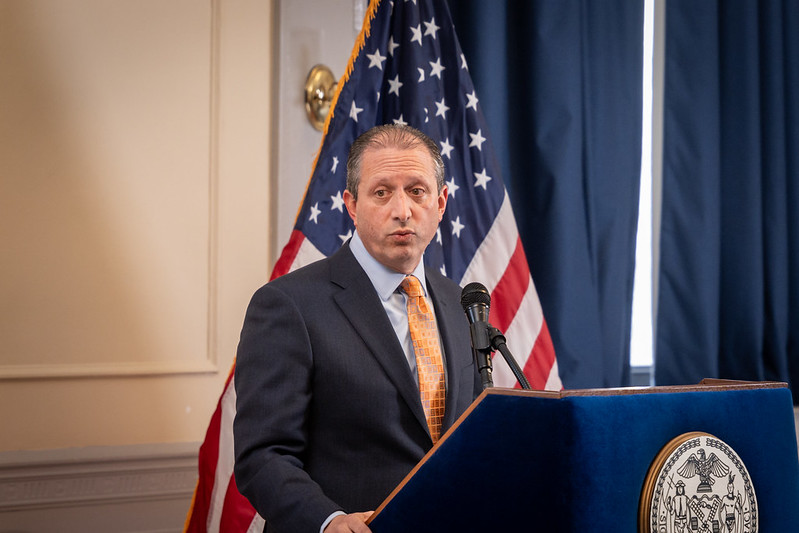When you lose a personal check or it’sstolen, you’re not out of luck. You can ask your bank or credit union to cancelthe check — also known as a stop payment order — but timing canbe crucial, so followthese four steps as soon as possible. » MORE:Stop payment costs by bank
1. See whether the check went through
A stop payment request will cost you a steep fee, so make sure you still have the chance to cancel the check. In general, you can stop a check only if your bank hasn’t paid it.
Look through your account’s transaction history online or on your mobile device to see if it has posted. Or call the recipient and ask if she’s cashed it. A stop payment request will cost you a steep fee, so make sure you still have the chance to cancel the check. In general, you can stop a check only if your bank hasn’t paid it.
Look through your account’s transaction history online or on your mobile device to see if it has posted. Or call the recipient and ask if she’s cashed it.
Find your account number, check number and the exact amount of the check, becauseyou’ll need that informationwhen you contact your bank. Other details you might need include the date on the check and the name of the recipient (the “payee”) and the person who signed the check, especially if you have a joint account and someone else wrote it. » MORE: How to write a check Find your account number, check number and the exact amount of the check, becauseyou’ll need that informationwhen you contact your bank. Other details you might need include the date on the check and the name of the recipient (the “payee”) and the person who signed the check, especially if you have a joint account and someone else wrote it. » MORE: How to write a check
You must give your bank notice orally or in writing to request a stop payment. Banks recommend various ways to contact them, but you can generally make a request online, at a branch or by calling the phone number on the back of your debit card. Some banks charge more for requesting a stop payment over the phone, while others recommend you call or visit a branch. You must give your bank notice orally or in writing to request a stop payment. Banks recommend various ways to contact them, but you can generally make a request online, at a branch or by calling the phone number on the back of your debit card. Some banks charge more for requesting a stop payment over the phone, while others recommend you call or visit a branch. 4. Note the stop payment order’s expiration date
A stop payment order typically lasts about six months, but at some banks it can last a year or longer. Whenever the order ends, you have the option to renew it for another period. Most banks won’t cash a check that’s six months old. A stop payment order typically lasts about six months, but at some banks it can last a year or longer. Whenever the order ends, you have the option to renew it for another period. Most banks won’t cash a check that’s six months old. – You can request stop payments for a series of checks and pre-authorized ACH debit transactions, such as recurring bill payments. Federal lawrequires you to make a request orally or in writing to your bank at least three business days before the transfer date. If you call, your bank may require written confirmation of the request within 14 days. By law, you can’t cancel one-time electronic ACH transfers. When it comes to checks, time can be of the essence. Knowing how to cancel them can save you from losing money and the uncertainty over the fate of a lost check. – You can request stop payments for a series of checks and pre-authorized ACH debit transactions, such as recurring bill payments. Federal lawrequires you to make a request orally or in writing to your bank at least three business days before the transfer date. If you call, your bank may require written confirmation of the request within 14 days. By law, you can’t cancel one-time electronic ACH transfers. When it comes to checks, time can be of the essence. Knowing how to cancel them can save you from losing money and the uncertainty over the fate of a lost check.
Updated March 10, 2017.
Spencer Tierney is a staff writer at NerdWallet, a personal finance website. Email:spencer@nerdwallet.com. Twitter:@SpencerNerd. The article How to Cancel a Check originally appeared on NerdWallet.
1. See whether the check went through
2. Gather information
3. Contact your bank
4. Note the stop payment order’s expiration date
– You can’t stop cashier’s checks, although the bank might in the case of fraud. Because these forms of payment rely on bank funds, a bank must honor them.
– A stop payment order is not your only line of defense if a check isstolen.If a fraudulent check goes through, you might be able to get charges removed by reporting the incident to your bank in a timely manner.
– Contact the payee if necessary. In the event of an error or lost check, let the recipient know about the request to stop payment and arrange a wayto send a new check.
Other things to note:
– You can’t stop cashier’s checks, although the bank might in the case of fraud. Because these forms of payment rely on bank funds, a bank must honor them.
– A stop payment order is not your only line of defense if a check isstolen.If a fraudulent check goes through, you might be able to get charges removed by reporting the incident to your bank in a timely manner.
– Contact the payee if necessary. In the event of an error or lost check, let the recipient know about the request to stop payment and arrange a wayto send a new check.
























